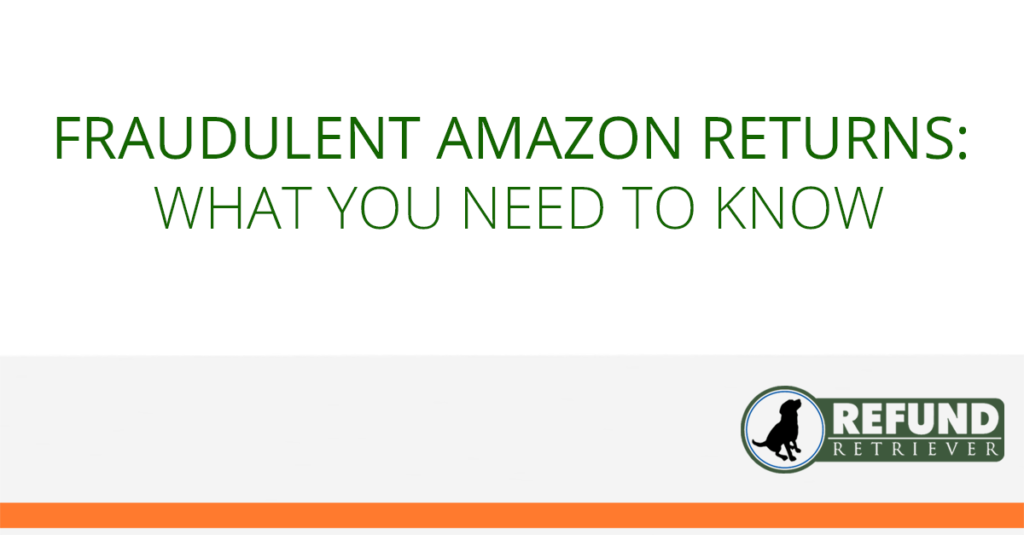What is Amazon Vendor Central?
There are only two ways to get your products on Amazon: a seller (third-party or 3P) or a vendor (first-party or 1P). Vendor Central sellers are known as first-party or 1P because when a sale is made to a consumer, it’s sold by Amazon themselves (Amazon Retail), not by a separate company using their marketplace platform.
Amazon Vendor Central in a Nutshell
- What is Amazon Vendor Central?
- What is the difference between Vendor and Seller Central?
- Can I have both a Vendor and Seller Central Account? Yes!
- How to be invited as a vendor.
- Are you invited to Vendor Central? What’s next?
- How often does Amazon place purchase orders?
- Who sets up the listings?
- Can Refund Retriever help with my Vendor Central Account? YES!
What is the difference between Vendor and Seller Central?
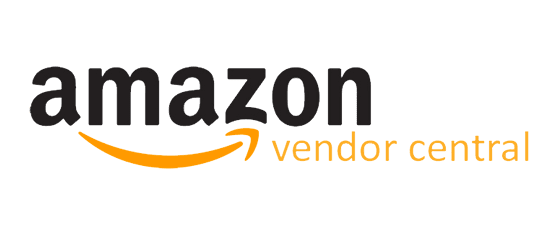 | 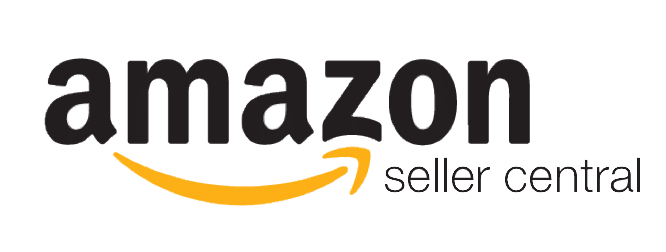 |
| Invitation only (first-party) | Open for anyone to sell (third party) |
| You deal directly to Amazon | You control products, inventory, and pricing |
| Amazon handles retail pricing, merchandise, and logistics | Certain ad types and marketing features are not available |
| Multiple advertising options | Direct contact with the end customer |
| No connection with the end customer | More logistics responsibility (shipping, returns, messaging) |
| Responsibility for always meeting demands | Higher margins on sales |
| Lower margins on sales | Quick payment terms |
Amazon Vendor Central is the platform manufacturers and distributors utilize. Vendor Central is an invite-only program for businesses selling their products to Amazon. When you sell with a Vendor Central account, you act as a supplier, selling bulk to Amazon. In other words, you sell directly to Amazon vs. selling to consumers. Similarly, items on Amazon for sale by Vendor Central partners usually include a description: “Ships from and sold by Amazon.”
As a Vendor Central seller, you submit your product listings and wholesale prices to Amazon, and then they send you a purchase order for the products they want to sell. Amazon might purchase several units or even hundreds at a given time. With Vendor Central, you no longer have to worry about selling to consumers, fulfilling orders, or dealing with aftercare. Amazon is the retailer, so all that is down to them.
Can I have both a Vendor and Seller Central Account? Yes!
YES! However, we don’t recommend that you offer the same products through both programs. If you participate in both, use Seller Central to launch new products. Doing this will allow you to control pricing, request feedback, and market your products. This is where Seller Central would do well again if you have seasonal items. In comparison, for things that sell year-round, Vendor Central is the best option for you. Vendor Central is great for higher-end and more pricey products. Why? Amazon asks for lower costs, making it hard to make a profit. So if you have cheaper/more affordable products, Seller Central is the program for you.
How to be invited as a vendor.
Again, Vendor Central is an invite-only platform, so applying to sell on this platform is usually not an option. There always has to be an invitation from Amazon first.
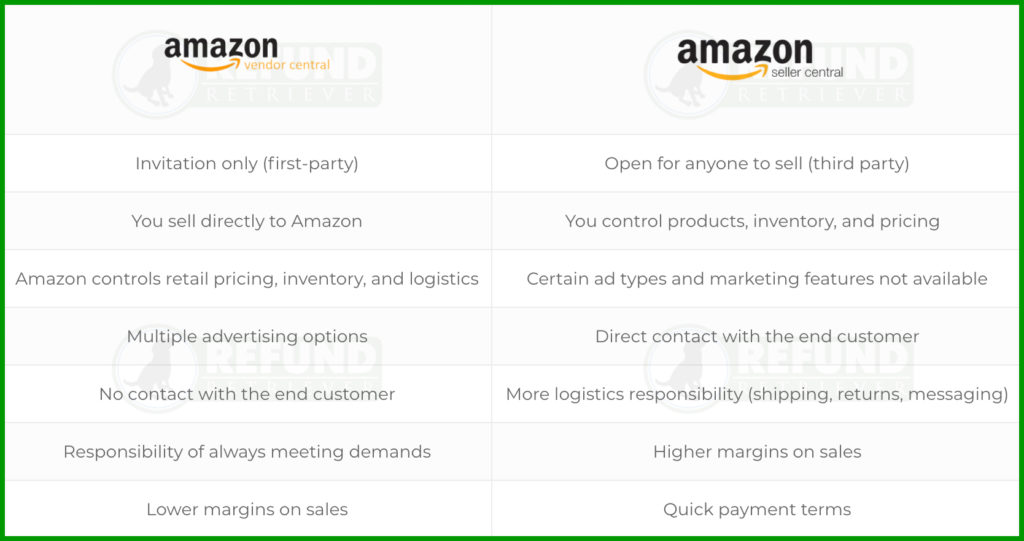
Millions of products are already available, so why would Amazon invite a business to sell on Vendor Central? Well, new products are being created and sold all the time. There are also existing brands with low availability on the site. For this reason, Amazon has vendor recruitment teams worldwide whose job is to find new brands and products to sell.
Typically, Amazon will invite brands with registered high sales in Seller Central. You will receive an email from the Amazon retail team if they are interested in your brand. It is also possible to be approached at trade shows and exhibitions.
Are you invited to Vendor Central? What’s next?
The process is quite simple:
- Amazon sends you a purchase order listing exactly what they want to buy.
- You then send Amazon the inventory of what they ordered.
- You get paid by Amazon.
From there, it is up to Amazon to sell your products to their customers. You will not be involved in that process.
How often does Amazon place purchase orders?
As a vendor, you can set your wholesale prices on Amazon. If they find your wholesale prices appealing, they will place a purchase order, listing all the products they want. The ordering process is automated. Amazon’s systems will look at sales history and the current demand before deciding whether they need to place an order. In most cases, Amazon will place an order once a week for you to fulfill. During seasonal months demands will be higher for specific items.
Who sets up the listings?
Vendors are responsible for providing product descriptions and setting up the listing. Listings in Vendor Central are more protected and take precedence over listings done in Seller Central. Vendors must include product attributes, descriptions, bullet points, titles, and wholesale prices.
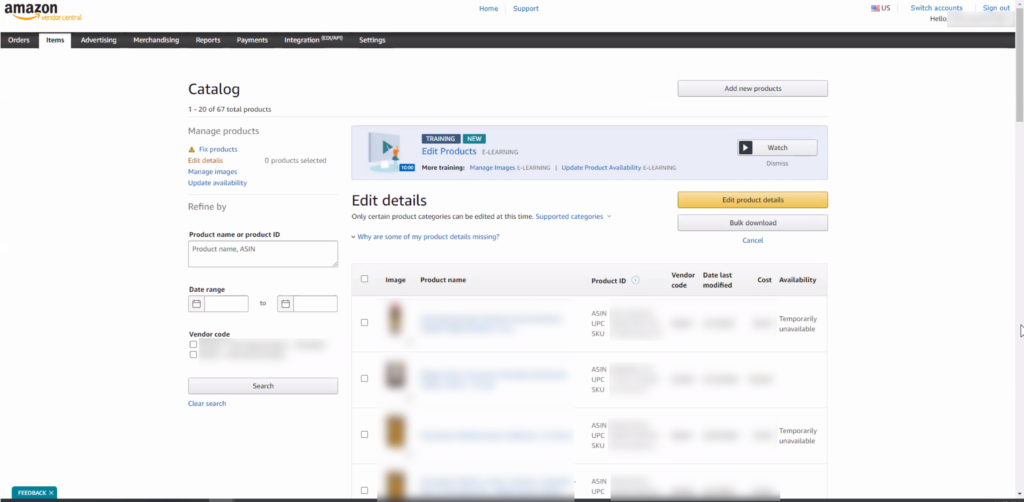
Can Refund Retriever help with my Vendor Central Account? YES!
Refund Retriever now monitors Vendor Central accounts! Sign up today.
